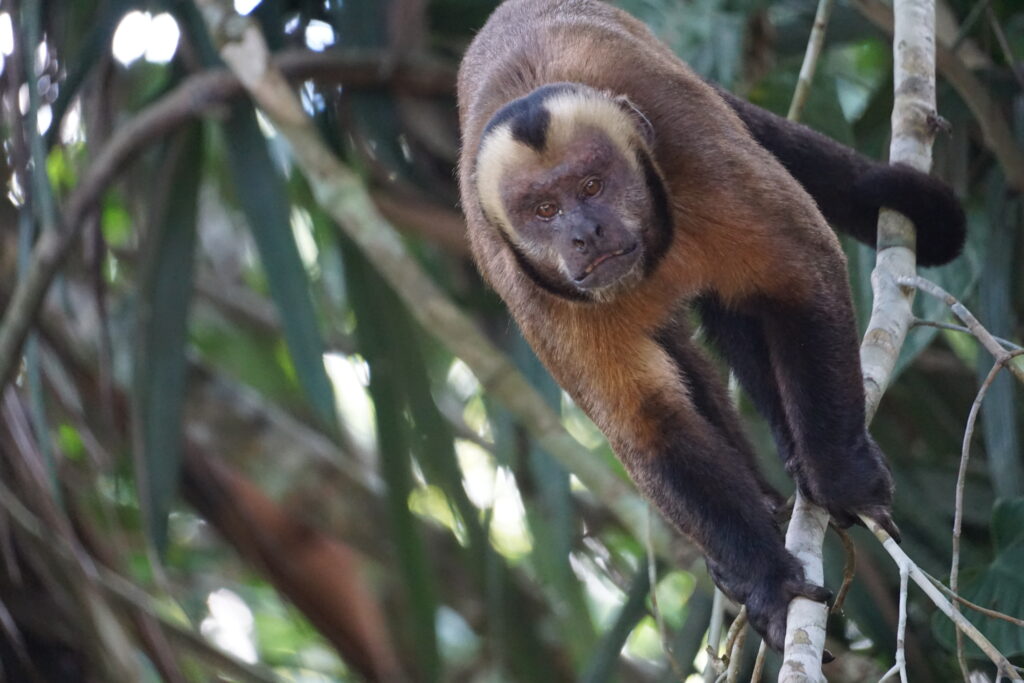The effect of anthropogenic disturbance on primates in Peru
As large areas of old growth forest become disturbed and degraded through logging, mining and large-scale agriculture, it is becoming increasingly important to understand whether, and how primates can persist in these disturbed forests. By conducting primate surveys alongside habitat surveys at multiple study sites in Peru, characterised by varying levels of habitat disturbance, I seek to understand which habitat characteristics are important for primate persistence in forests following disturbance events.
Testing new survey methods for primates in Peru
Traditional survey methods for animals and vegetation can be costly and time consuming. I am using new technology to test out new methods to see whether these devices can make more accurate population estimates than ground surveys.
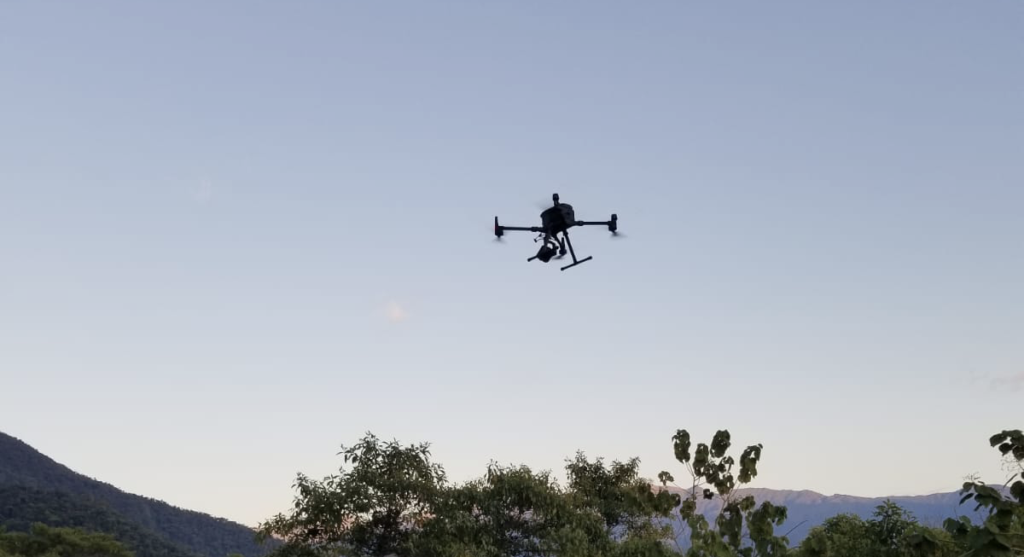
Study Sites in Peru
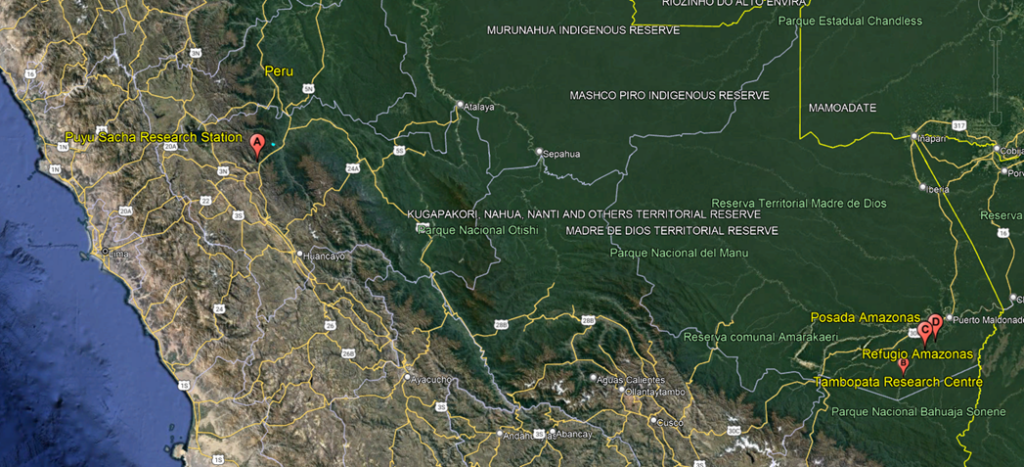
Central Peru (Junin)
A. Puyu Sacha – undisturbed montane forest within an anthropogenic matrix in Central Peru
South-eastern Peru (Madre de Dios)
B. Tambopata Research Centre – undisturbed lowland tropical forest
C. Refugio Amazonas – regenerating forest, Brazil nut concession
D. Posada Amazonas – regenerating forest (owned by the indigenous community of Infierno)
How will these data contribute to primate conservation?
These data on primate’s ecological requirements will be used to inform management plans for degraded areas, to encourage forest restoration so that they can support primate populations in the future. Primates are important seed dispersers for many Amazonian trees and their presence is the fastest way to reforest/restore degraded habitats, and these regenerating forests can support more biodiversity as they recover.
New drone survey methods could revolutionise the way that we conduct rapid surveys for areas that have not previously been studied, drastically reducing the time it takes to look for endangered species in new areas.
Meet the monkeys:
Common woolly monkey (Vulnerable)

Black faced Black Spider Monkey (Endangered)
*Photo credit: Angie Remigio*
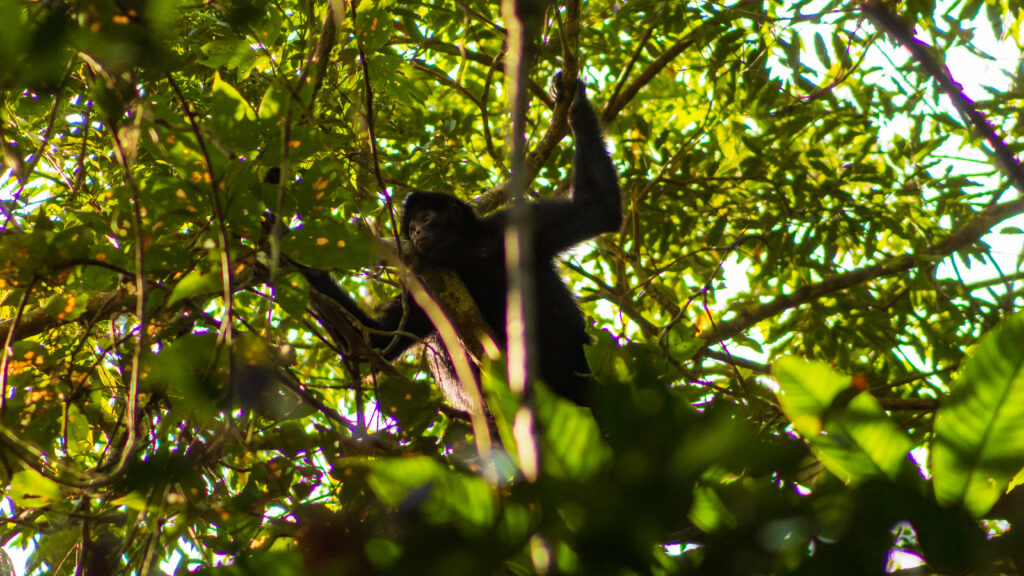
Red howler monkey
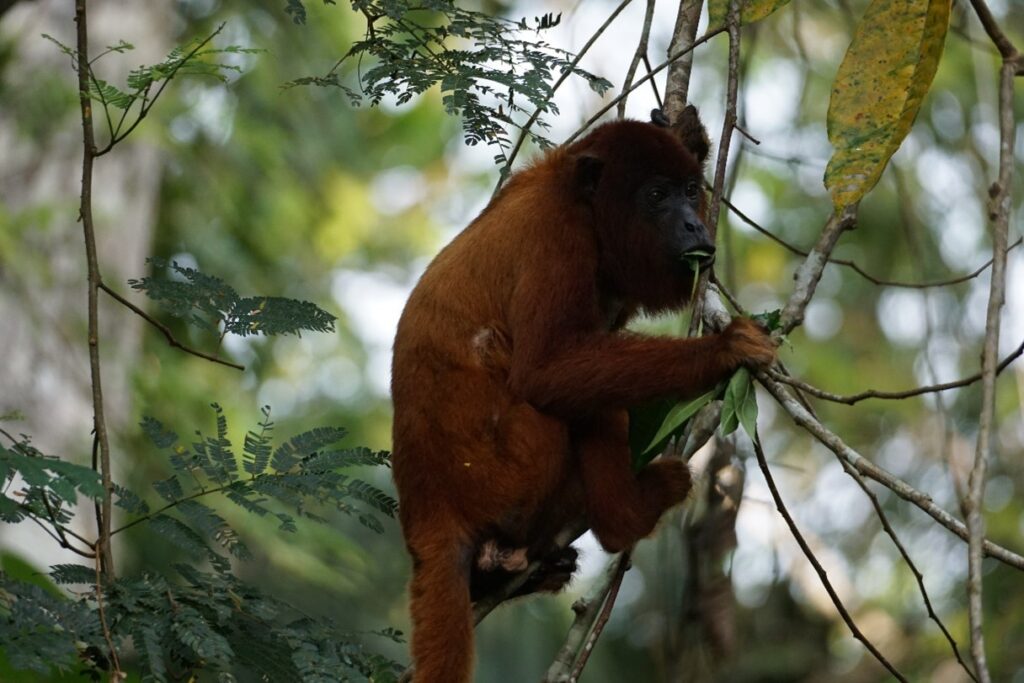
Titi monkey
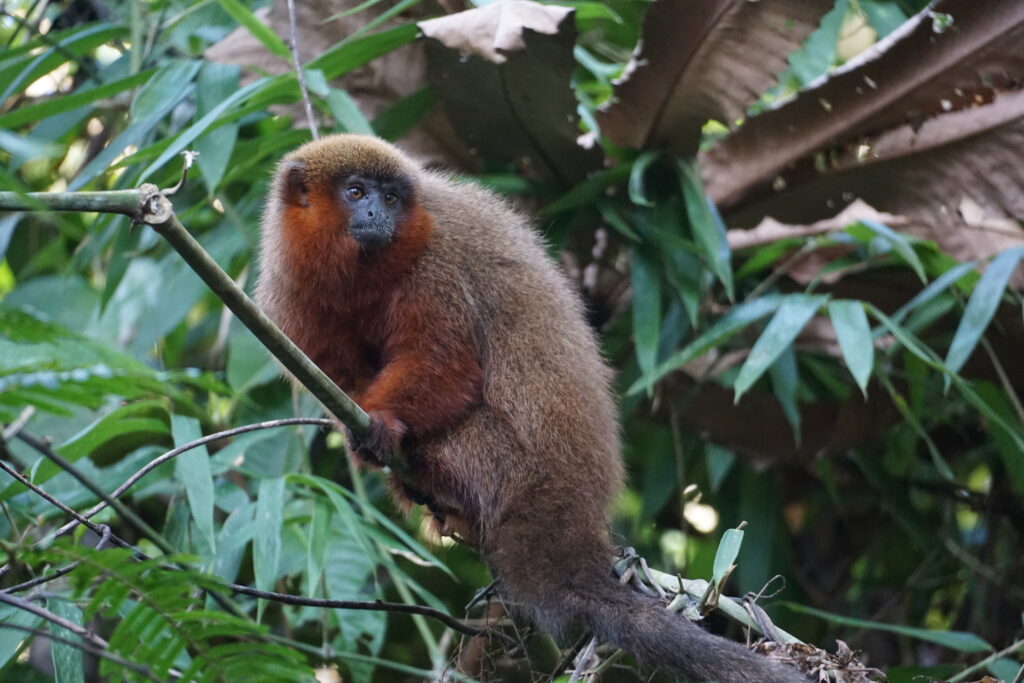
Saddleback tamarin

Squirrel monkey

Black-capped capuchin
